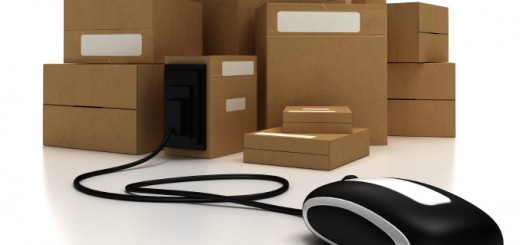When Do You Need an E-commerce Gateway?

As a retailer, you need to make hard decisions in 2019. How do you maintain foot traffic in your retail stores? How do you increase revenues across all of your channels? How do you maintain competitiveness in an age of Amazon dominance? Best Buy has figured it out. How about you?
The deal with Best Buy is that they realize they are going to lose the long game if they don’t make shopping easier for their customers going forward. Many other brick-and-mortar retailers have gone out of business because they recognized this fact too late. If you want your retail chain to survive the next decade, then it’s time to realize that consumer shopping is changing. People prefer to buy online, or, in many case, to start shopping online.
So when is it time to invest in an e-commerce gateway? The answer is, as soon as you realize your customers want to shop online.
When to Invest in an E-commerce Gateway
When consumer behavior on digital devices influences 56 cents of every dollar spent in brick-and-mortar stores, it’s time to rethink retail.
When two-thirds of retail shoppers prefer a self-directed shopping experience, it’s time to rethink retail.
Granted, these statistics are from 2016, but it’s likely the numbers have gone up, not down. Online shopping is here to stay, and it will likely only grow. That’s why every retailer should already have an online presence. Not only that, but you should be preparing yoru customers for the online buying experience. Now is the time to invest in an e-commerce gateway.
5 Benefits to An E-commerce Gateway
An e-commerce gateway can help you do five things really well as a retailer:
- Monitor your inventory in real time
- Capture customer information for analysis and future marketing
- Fulfill orders quickly and seamlessly
- Manage prices from a central location
- Analyze your sales across all channels
These are not the only benefits to an e-commerce gateway either. But they certainly are timely and relevant.





